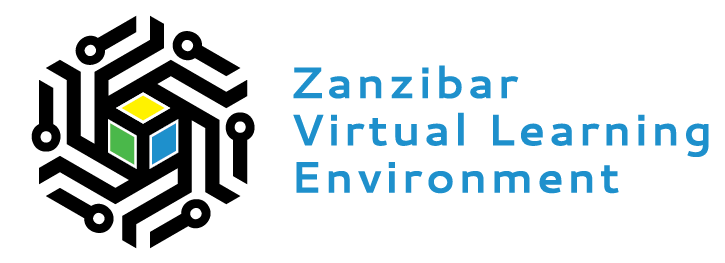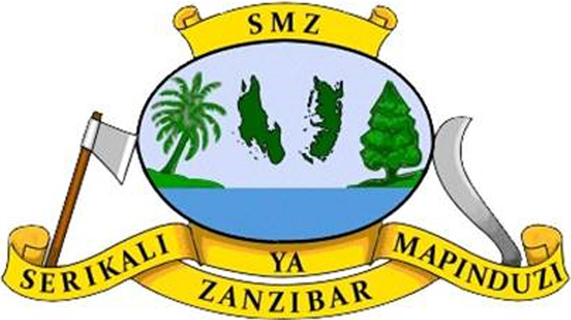Description
- Make waves with water, sound, and light and see how they are related.
- Discuss wave properties using common vocabulary.
- Explain how changing the frequency and amplitude affects the characteristics of the wave.
- Design an experiment to measure the speed of the wave.
Language
English
Resource Type
Publisher
pHET Interactive Simulations
Publication Date
Copyright Licence
Copyright Holder
Download


